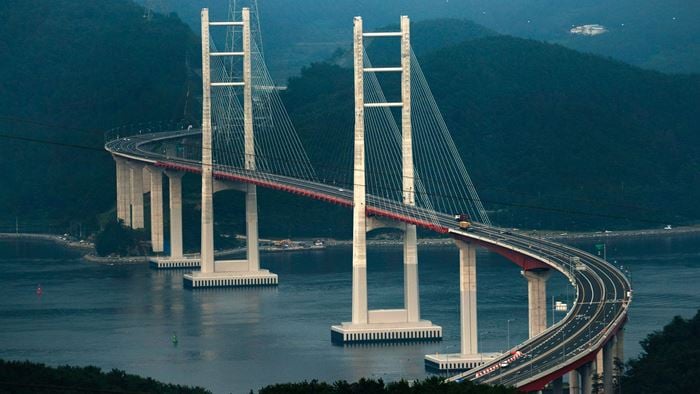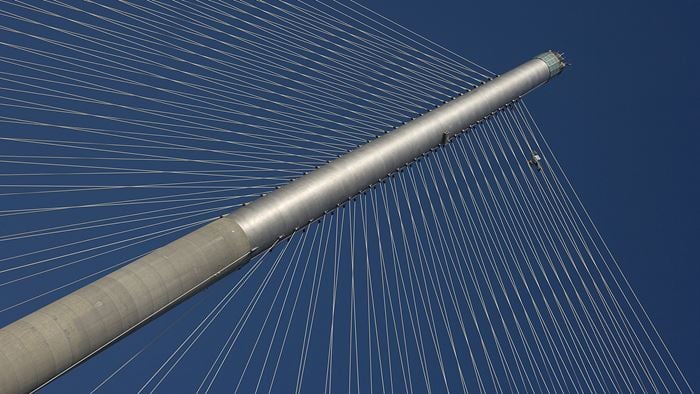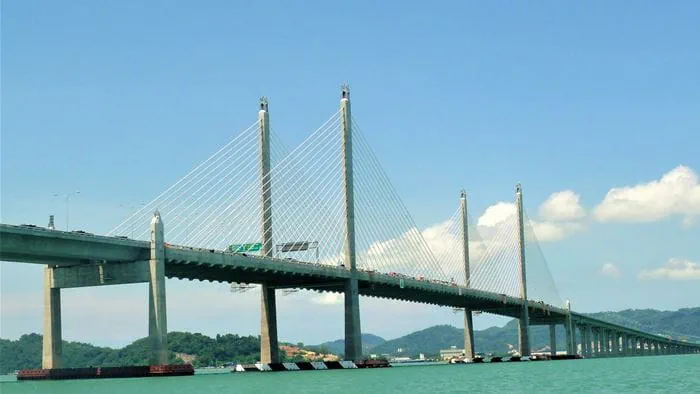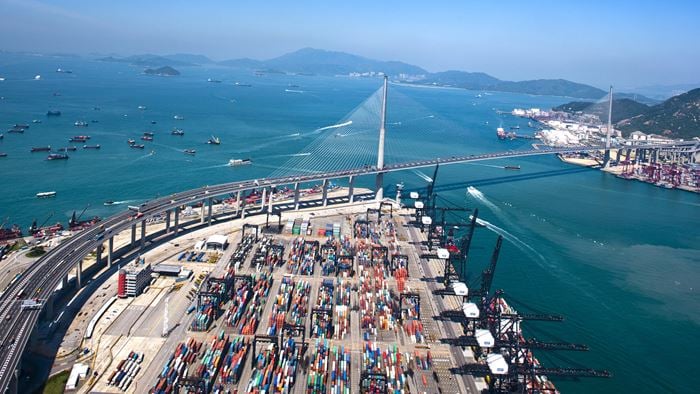The new cable-stayed bridge connecting the city of Incheon, near Seoul, and the west coastal highway to Incheon International Airport is one of the longest fixed-link sea crossings in the world.
Stretching 12.3km across the Yellow Sea, the crossing includes South Korea’s longest spanning cable-stayed bridge, with an 800m span. It is constructed in water up to 20m deep and is designed to withstand buffeting from typhoon-strength winds and substantial ship impact. The approach bridges are constructed from 50m spans, each erected as full span precast units weighing 1,300 tonnes.
Arup, in a joint venture with Halcrow and Dasan, provided contractor’s checking engineer services to the design and build contractor, Samsung Construction JV.
The firm worked closely with the contractor to ensure that the project was completed effectively on a 'fast-track' programme. Arup introduced a process of carrying out parallel analysis and verification of the design and checking drawings before releasing them to the client’s independent checking engineer for approval.
Project Summary
12.3km Across the Yellow Sea and connecting Incheon.
800mSouth Korea’s longest spanning cable-stayed bridge
4.5 yearsSteamless contruction time
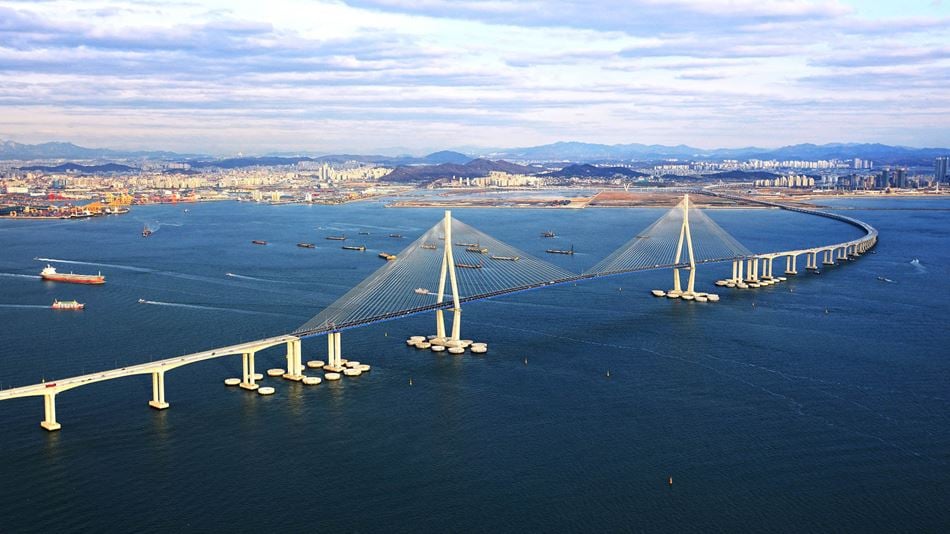
The bridge officially opened in October 2009, four years and four months after construction began.
Since the bridge is located in a known seismically-active region, Arup adopted an innovative approach to the seismic design of the substructure. This not only ensured that the crossing was structurally sound, but also introduced cost savings as a result of the reduction in construction complexity.
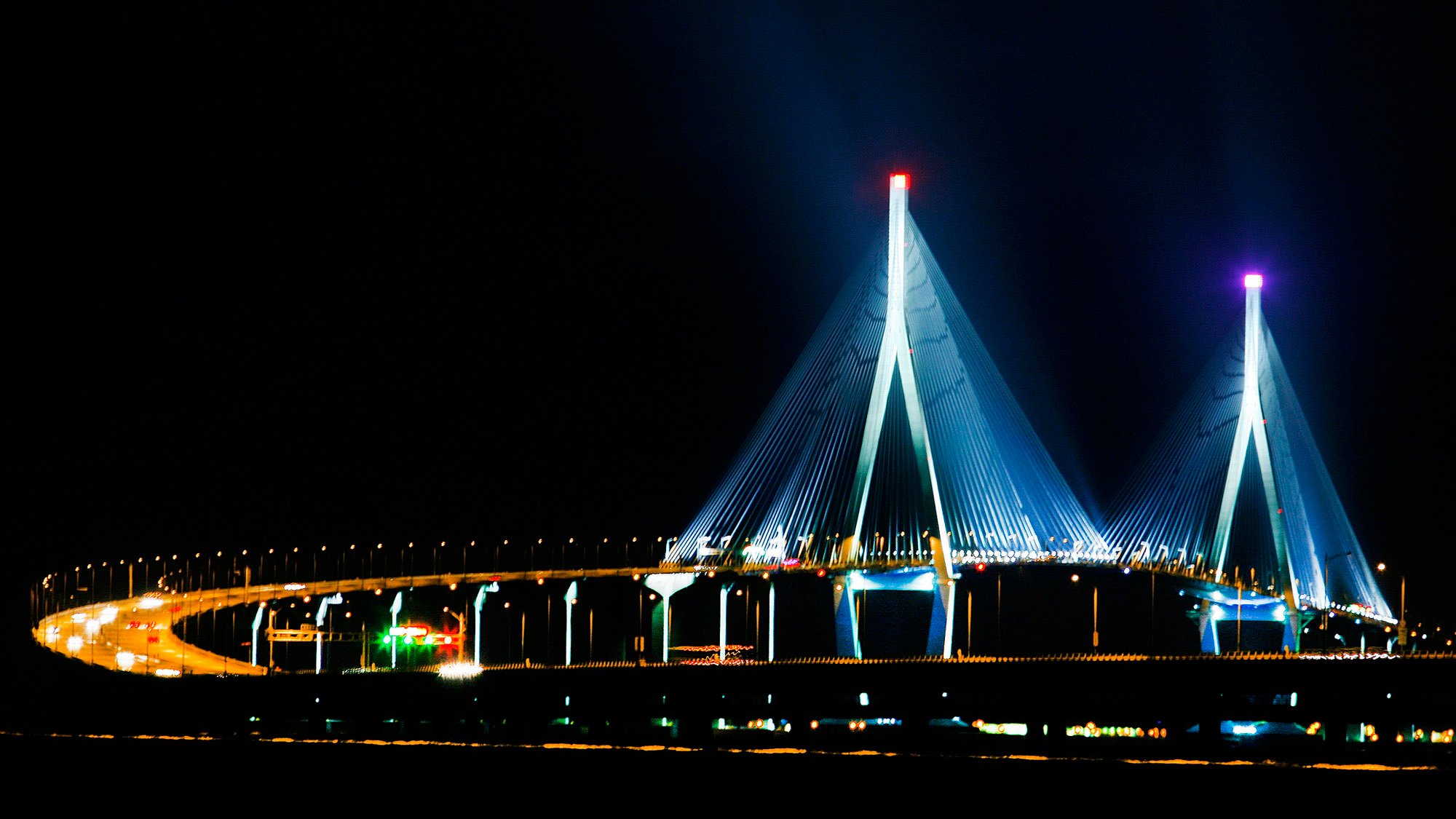 ;
;

